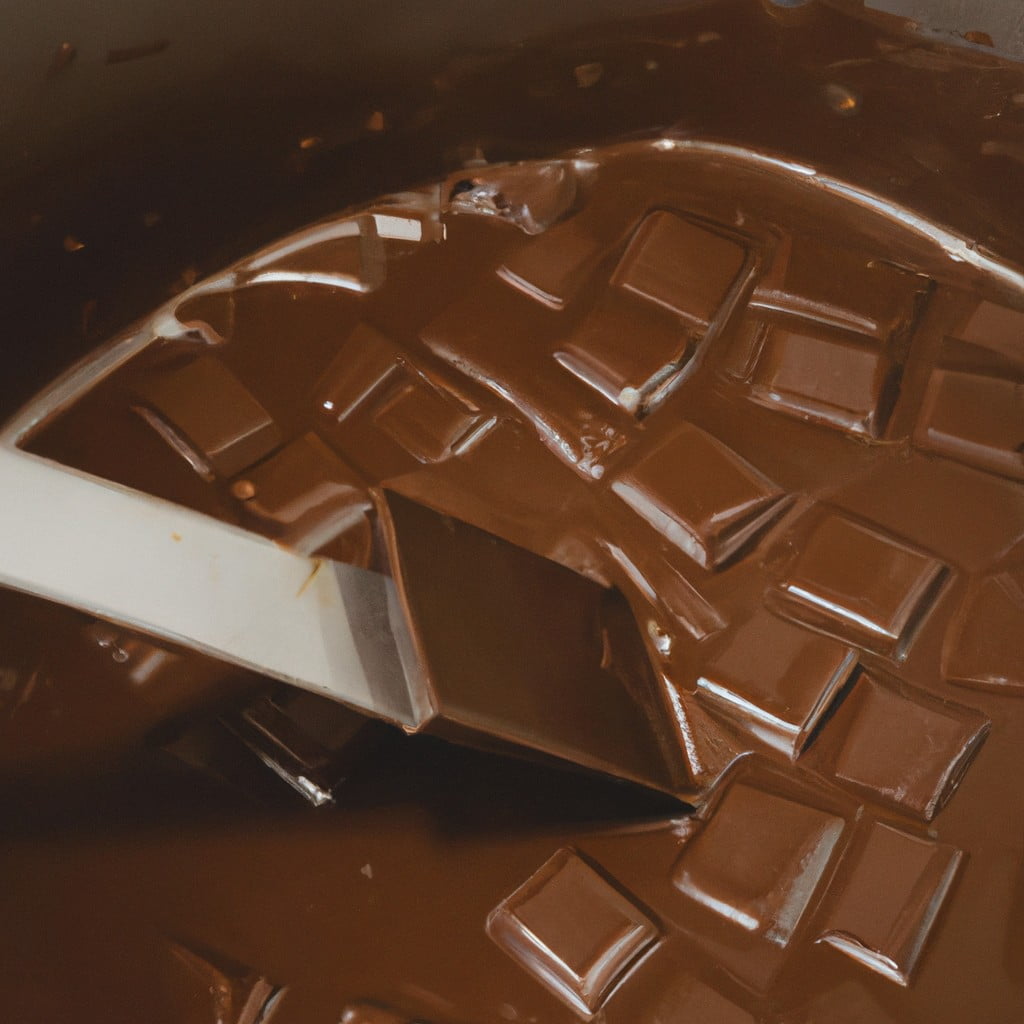Learn the steps to create smooth and creamy milk chocolate from scratch with this simple guide.
Key takeaways:
- Select high-grade cacao beans and whole milk powder.
- Roast cacao beans for flavor development.
- Combine cocoa mass with milk powder and sugar.
- Follow a tempering process for a glossy finish.
- Store in airtight container away from direct sunlight.
Inside
Ingredients

Selecting quality ingredients is key to the flavor and texture of your milk chocolate. High-grade cacao beans boast a complex range of flavors, while whole milk powder adds creaminess.
For sweetness, granulated sugar dissolves well and contributes to a smooth finish. Optionally, a pinch of salt can enhance the chocolate’s flavor profile, and lecithin, commonly soy, serves as an emulsifier to bind the ingredients for a consistent texture.
- Cacao beans: Choose single-origin for distinct flavor notes or a blend for balance.
- Whole milk powder: Provides richness and dairy flavor.
- Sugar: Sweetens and impacts the texture of the chocolate.
- Salt (optional): Amplifies inherent chocolate flavors.
- Lecithin (optional but recommended): Helps create a smooth, homogenous mixture.
Step 1: Roast the Cacao Beans
Roasting cacao beans is a vital process that not only sterilizes the beans but also develops the chocolate flavor. To ensure an even roast:
- Preheat your oven to approximately 120°C (250°F).
- Spread the cacao beans in a single layer on a baking sheet.
- Roast for about 15 to 20 minutes, depending on bean size and desired flavor intensity, stirring every 5 minutes for uniformity.
- Watch for the beans to darken and listen for the “cracking” sound, indicating the beans are roasted.
- Let the beans cool before removing the husks — this is winnowing, which prepares them for the next step in chocolate making.
Step 4: Combine With Milk Powder and Sugar
After refining the cocoa particles to a smooth texture, it’s time to incorporate the milk powder and sugar. This step is crucial as it defines the sweetness and creaminess of your milk chocolate.
- Begin by sifting the milk powder to ensure it’s free of lumps and will blend easily with the cocoa mass.
- Weigh the appropriate amount of sugar and milk powder, ensuring their ratio aligns with your desired level of sweetness and milkiness.
- Gradually fold these dry ingredients into the cocoa mass, stirring continuously for even distribution.
- If you’re using a melanger, add the milk powder and sugar to the vessel and let the machine work its magic, combining them over several hours until the mixture is thoroughly homogenized.
- The warmth generated from the friction during mixing is enough to melt the sugar into the cocoa mass, creating a smooth consistency.
- Be patient during this process, as thorough integration of milk powder and sugar is essential for a luxurious mouthfeel and balanced flavor profile.
By carefully combining these components, your chocolate will develop the signature velvety texture that distinguishes high-quality milk chocolate from its counterparts.
Step 6: Temper the Chocolate
Tempering is crucial for achieving a glossy finish and a satisfying snap. This process involves heating and cooling the chocolate to stabilize the cocoa butter crystals.
Begin by gently melting two-thirds of your chocolate over a double boiler until it reaches 45°C. Remove from heat and add the remaining one-third, stirring continuously until the temperature drops to 27°C. Heat again until it reaches 29-30°C for milk chocolate.
Consistent, attentive stirring ensures uniform temperature throughout the tempered chocolate, readying it for molding without streaks or bloom. Use immediately to capitalize on the perfect temper for your chocolate creations.
How to Store
For optimal freshness and flavor, store your homemade milk chocolate in an airtight container. Place the container in a cool, dry area away from direct sunlight, ideally at a temperature between 60-68°F (15-20°C).
If stored in the refrigerator, prevent moisture and odors from affecting the chocolate by wrapping it in foil before placing it in the airtight container.
For long-term storage, freezing is an option, but ensure the chocolate is tightly sealed and brought to room temperature before unwrapping to avoid condensation.
Chocolate absorbs odors easily, so keep it away from strong-smelling food items.
Proper storage can help retain the chocolate’s quality for several months.




